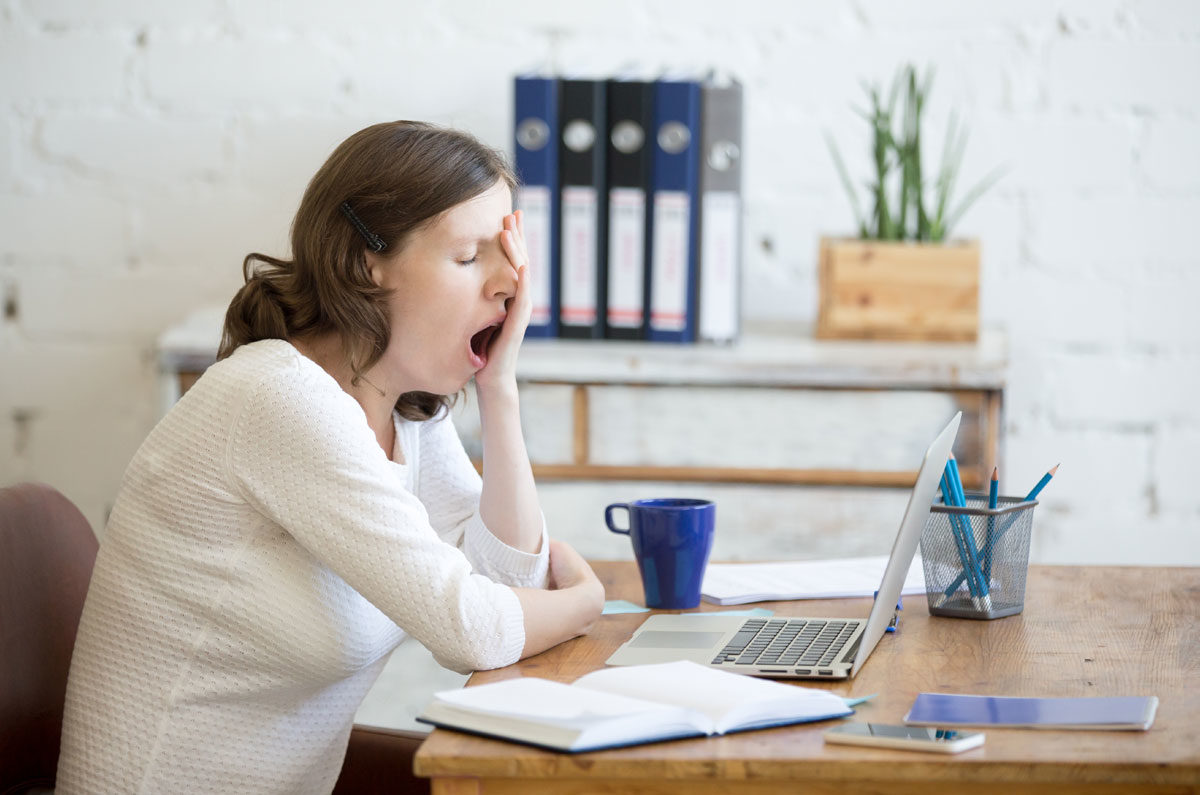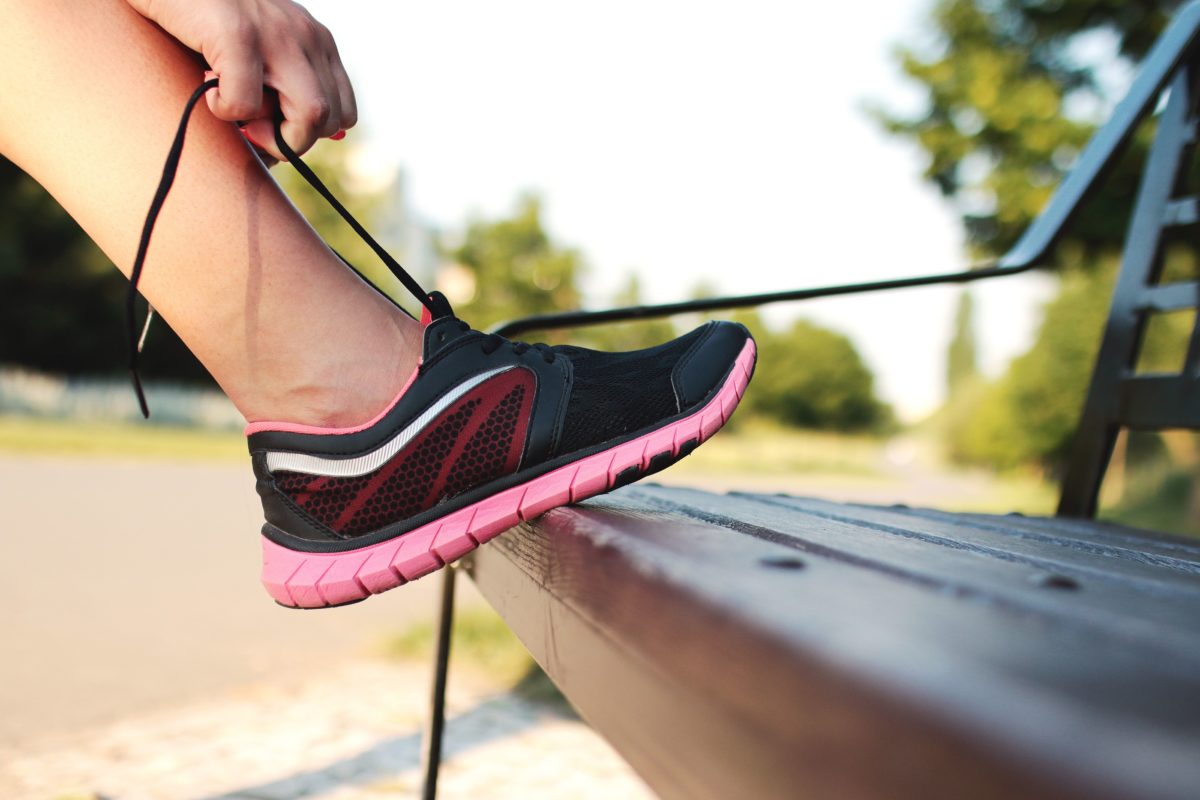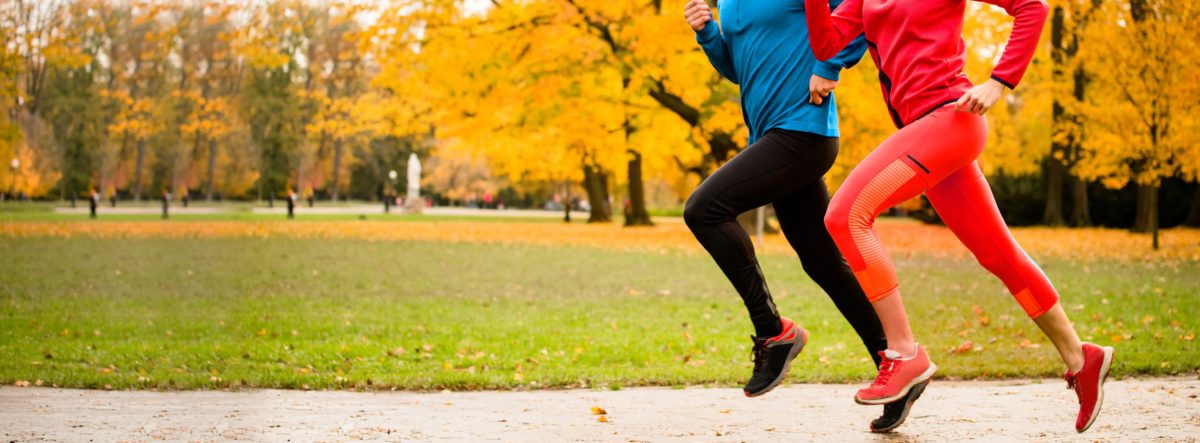Exercise is vital to our health – it helps us manage our pain, our musculoskeletal conditions, our weight and our mental wellbeing.
But if you’re not able to go to your usual exercise classes, gym, sporting club or fitness centre, online videos and exercise apps seem like the answer. Many are advertised on social media and the internet in general, but they’re not all created equal. Some are purely videos to watch and follow, others are apps that provide more interaction and features. Some are free, while others require payment.
So, before you pull on your leotard, buy a new thingamajig or sign up to that app, here are some things to think about:
- What are the qualifications of the leader? Are they a qualified exercise professional – e.g. physiotherapist, exercise physiologist, fitness instructor? Because there are also lots of well-meaning people with time on their hands posting exercise videos, as well as other people looking to make a quick buck, make sure that the instructor is qualified to teach or lead exercise classes.
- Are they catering to the general public or people with musculoskeletal conditions? Many general exercise videos or apps will be useful for all of us, musculoskeletal condition or not, especially if they’re gentle. But some exercises may be harmful to you. And some that you shouldn’t try without a proper assessment from a qualified instructor, as well as guidance to ensure you’re doing the exercise properly. To misquote the tagline from Alien – “in your lounge room, no one can hear you scream”…except for the other people in your household, your pets and the neighbours (the walls are thinner than you think!). The point is, it can be very easy to hurt yourself if you’re not shown how to do some exercises correctly and safely, particularly if you have a musculoskeletal condition or another health issue.
- Which leads to our next point – can you ask questions or get more info from the instructor? If you can, it gives you the ability to ask if they’ve instructed other people with your condition, make sure the exercises are safe for you to do, and get advice if you’re not quite sure you’re doing things correctly. If you can’t interact with them in any way, maybe look for another online exercise class/video/app.
- What’s the cost? Is it free, or is there a fee? Or can you access a free basic version, and another version with additional features, which you need to pay for? Is there a free trial period so you can make sure you actually like it? And if you do have to sign up for anything, make sure you read all the fine print so you know exactly what you’re agreeing to.
- Does your equipment support the tech? If you’re downloading an app, can your desktop, tablet, phone, watch, etc, handle it? Do you need to download additional software to use it? Are you prepared and/or able to do that?
- Are you set up for it? Is your computer in a location that allows you room to exercise? If you only have a smartphone or tablet, can you view the exercise videos clearly? Is your internet able to cope with any downloads or streaming? If the answer to any of these is no, maybe look at alternative formats such as DVDs. And with DVDs ask yourself all of these questions as well. There are a lot of good exercise DVDs and a lot of variety as far as types of exercise, but there are also a lot of dodgy ones. So take time to evaluate them carefully.
- Is the exercise something you enjoy doing? If you don’t enjoy doing it, you’re unlikely to continue to do it. So find something that you find fun, engaging, challenging and enjoyable.
- Can you set goals for yourself? Exercise needs to challenge you so you continue to get the health benefits. If it’s too easy or doesn’t progress over time, you won’t see any improvements. Setting yourself SMART goals – Specific, Measurable, Achievable, Realistic and Timed – can help with this. Find out how you can create SMART goals.
For more information, visit our website or call our B.A.M Helpline weekdays on 1800 263 265. Or email helpline@muscha.org
More to explore
- Get active @ home
VicHealth – This Girl Can - We tested these home workouts for you
Life Hacker, July 2021 - Home exercises
Exercise & Sports Science Australia (ESSA)
ESSA accredited exercise professionals have put together a range of workouts that you can do in the safety of your own home. - The World’s Biggest Sit In
- Access a range of free chair-based exercise workouts, train for and participate in a world record attempt for the largest chair-based exercise class















